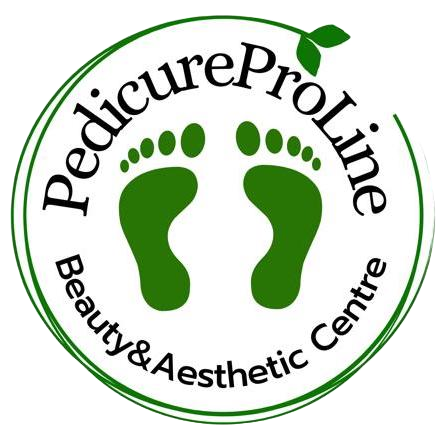Why do we get Fungal Nail Infection (Onychomycosis)?
Fungal spores everywhere – do not know how long they stay alive. Nail is dead tissue which can be damaged leading to a port of entry. Fungal spores get into live tissue and thrive. Body does not produce enough H2O2 to deal with this. Keep damaging nails, problem gets worse.
Fungal Infection Treatments Options:
-Daily Lacquer- 10% success rate:
Requires 1 year of application to achieve 10% success rate. Low cost but low success.
-Oral Medication –50% success rate:
High Liver stress.
Cannot repeat drug therapy if it doesn’t work.
Single active agent not always effective in all types of fungus.
Contraindications.
-Thermal 1064nm Lasers:
Painful.
Limited success rate.
MUST debride the nail.
Can’t reach the germinal matrix.
Need to treat each toe/finger individually.
Takes a long time.
-Lunula Laser Treatment:
89.9% of nails with a positive mycology grow out in 48 weeks. 10.1% do not grow out in that time. This is not saying that the treatment has failed, it is merely saying that the nails did not grow out during the study period.
No pain/discomfort.
No negative side effects.
Fast treatment time.
No need for cultures.
Not destructive.
Can be used on neuropathic patients, diabetics, those with PVD.
Treats entire nail area.
No chance of developing microbial resistance.
Does not interfere nor interact with any systemic medicine.
No chance for liver toxicity.
Stimulates healing.
No risk of plume inhalation.
12min treatment.
What is the Lunula used for?
Infection: fungal or bacterial.
Onycholysis: nail separation.
Tinea Pedis.
Wound healing.
Slow growing nails.
Autoimmune disorder: psoriasis, lichen planus.
Trauma: knocking toe on hard surface, eg bedstand dropping an object on nail.
Ill-fitting footwear.
Sports such as football, running, skiing.
Damaged nail from manicure/pedicure/artificial nails.
Wear and tear in elderly patients: nails may become thickened and crumbly.
Poor circulation.
Diabetes Mellitus.
How does the Lunula work?
The Lunula works by using a photochemical reaction when focussed on the nails.
Low level laser therapy, or photobiomodulation, is used to stimulate healing.
The Lunula uses 2 different diodes, the violet 405nm anti-microbial beam and the red 635nm healing beam. These work at the same time. The light from both diodes is absorbed by melanin, haemoglobin, oxyhaemaglobin and water. The target of laser beams is Cytochrome C which is found in the mitochondria of the cells. These lights are absorbed by photoreceptors and a cascade of events follows which results in the production of certain chemicals which heal the area.
TREATMENT CONSIDERATIONS
Whilst it may be appropriate to treat the majority of patients with the Lunula there are some considerations to take into account during the initial consultation.
• has active cancer anywhere in the body or past cancer of the foot
• is undergoing chemotherapy
• has sunburn on the area being treated
• is taking photo-sensitizing drugs and has a reaction to them
• is taking anti-coagulants and is bleeding from the area being treated, for example after nail cutting
• is pregnant (NB breastfeeding is NOT a consideration – we DO treat).
EXPECTATIONS OF TREATMENT
• The Lunula is not a miracle cure!
• The Lunula is an adjunct treatment to clinical and professional skills.
• Nails may grow slightly faster after treatment but growth will slow down after approx 6 weeks. Nails grow slower in cold weather.
• Nail plate is dead tissue - the growth of the nail, and its appearance, is dependent upon the health of the nail matrix and nail bed.
• Nail plates can be damaged at any time by trauma, normal walking, incorrectly fitting shoes, etc.
• Healing does not always occur in a linear fashion. There will likely be improvement and regression alternating over a period of several months. Whilst healing may occur from start of treatment there may be no noticeable difference in the appearance of the nail plate until several months post treatment.
• Not all changes can be seen – some textural changes may be felt by the clinician when debriding nails, some may be related to smell of area as an microbes present are eradicated, some may be related to discomfort or pain felt by patient when wearing shoes or walking. These are all as important as visual signs.
• There are fungal spores in the environment. It is impossible to eliminate these, so reducing the risk of damage to the nail and its surrounding tissues is as important as taking measures to ensure good hygiene and cleanliness of all that come into contact with the area.
• The Lunula does not change immunity in the long term – it is possible to catch another fungal infection. This is the same for any treatment administered for OM.
• Professional nail care appointments may be necessary to keep nail growth under control and try to prevent further damage to nails.

